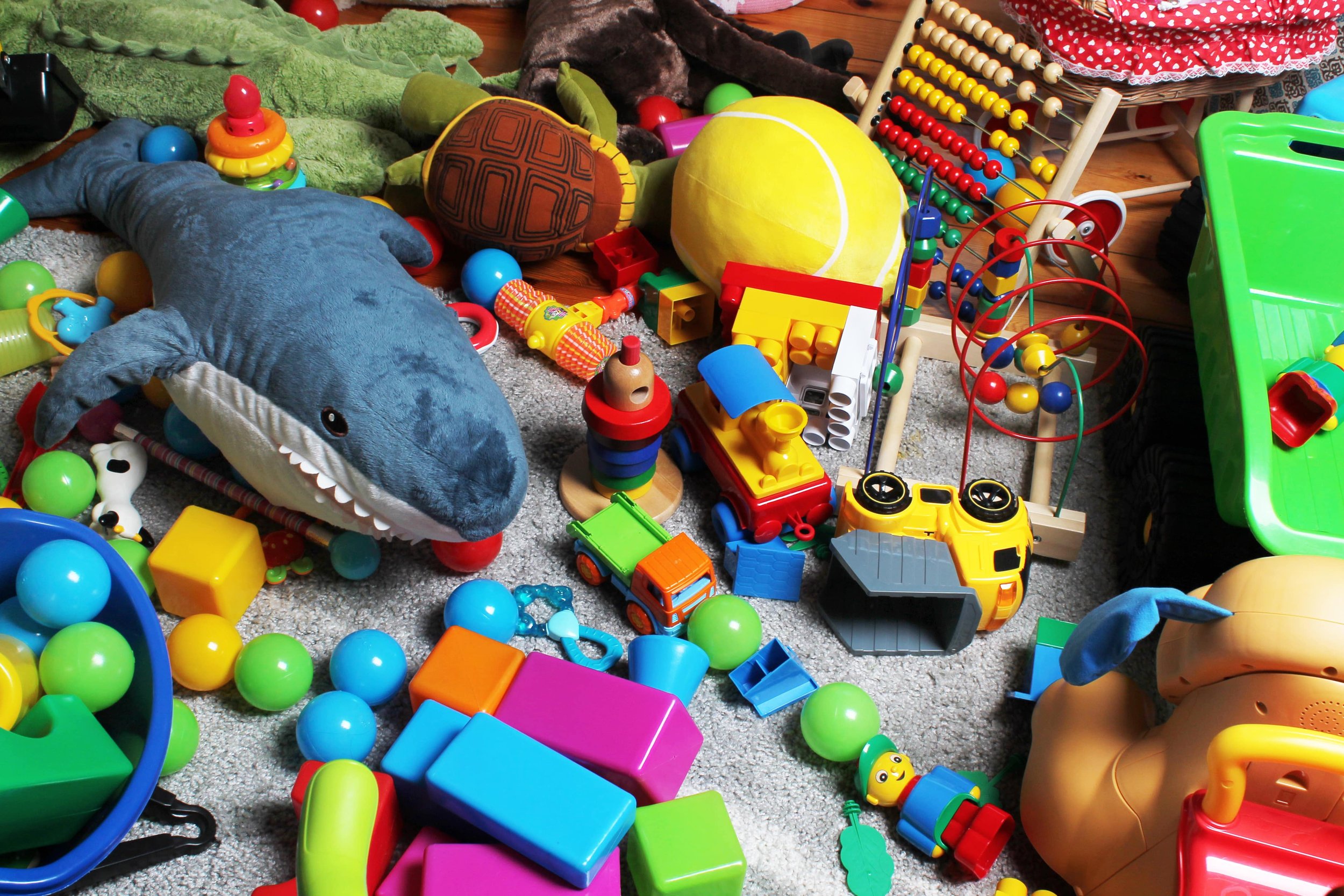
Eliminate your Exposure:
Your Journey to a PFAS-FREE Lifestyle Begins with the Products You Use Daily!
By ensuring the products we use are PFAS-free, everyone can reduce their risk of exposure to these harmful “forever” chemicals. It’s always important to check product labels for PFAS-free certifications, such as the Blue Sign standard for textiles or the GreenGuard certification for furniture and building materials. You of course can also opt for natural alternatives, such as cast iron cookware and glass food storage containers, rather than plastic products containing PFAS.
-

Personal Hygiene Products:
PFAs-free personal hygiene products are becoming increasingly popular as consumers become more aware of the potential health risks associated with traditional products containing harmful chemicals. These products provide safer and more sustainable alternatives for those looking to minimize their exposure to harmful substances.
-

Children's Toys:
PFAS-free children's toys are a safer and more sustainable choice for parents who want to minimize their children's exposure to harmful chemicals. By choosing toys made from non-toxic materials, parents can provide a healthier and eco-friendly play experience for their children.
-

Cosmetics:
PFAS-free cosmetics are a healthier and eco-friendly choice for those looking to minimize their exposure to harmful chemicals. These products provide peace of mind and a more responsible approach to personal care, making them a popular choice among consumers who prioritize their well-being and the environment
PFAS-FREE: Everything.
What is PFAS, and why is it a concern?
PFAS (per- and polyfluoroalkyl substances) are a group of human-made chemicals used in various industries, known for their persistence in the environment and potential adverse health effects, which is why they are a concern.
How can I test my home for PFAS contamination?
To test your home for PFAS contamination, you can order a certified testing kit or contact a professional testing laboratory that specializes in analyzing samples such as water, soil, or household products for the presence of PFAS.
How can PFAS contaminate homes?
PFAS can contaminate homes through sources such as contaminated drinking water, air emissions from nearby industries, or the use of consumer products containing PFAS.
What can I do to reduce PFAS exposure in my home?
To reduce PFAS exposure in your home, you can consider using certified water filters, avoiding products that contain PFAS, properly disposing of products containing PFAS, and minimizing exposure to potential contamination sources.
What are the health risks associated with PFAS exposure in homes?
Exposure to PFAS in homes has been linked to potential health risks including increased cholesterol levels, decreased immune function, developmental effects in infants and children, and an increased risk of certain cancers.
Are there regulations or guidelines addressing PFAS contamination?
There are regulations and guidelines in place to address PFAS contamination, including regulations for drinking water standards, restrictions on certain PFAS uses, and guidelines for cleanup and remediation of PFAS-contaminated sites.












